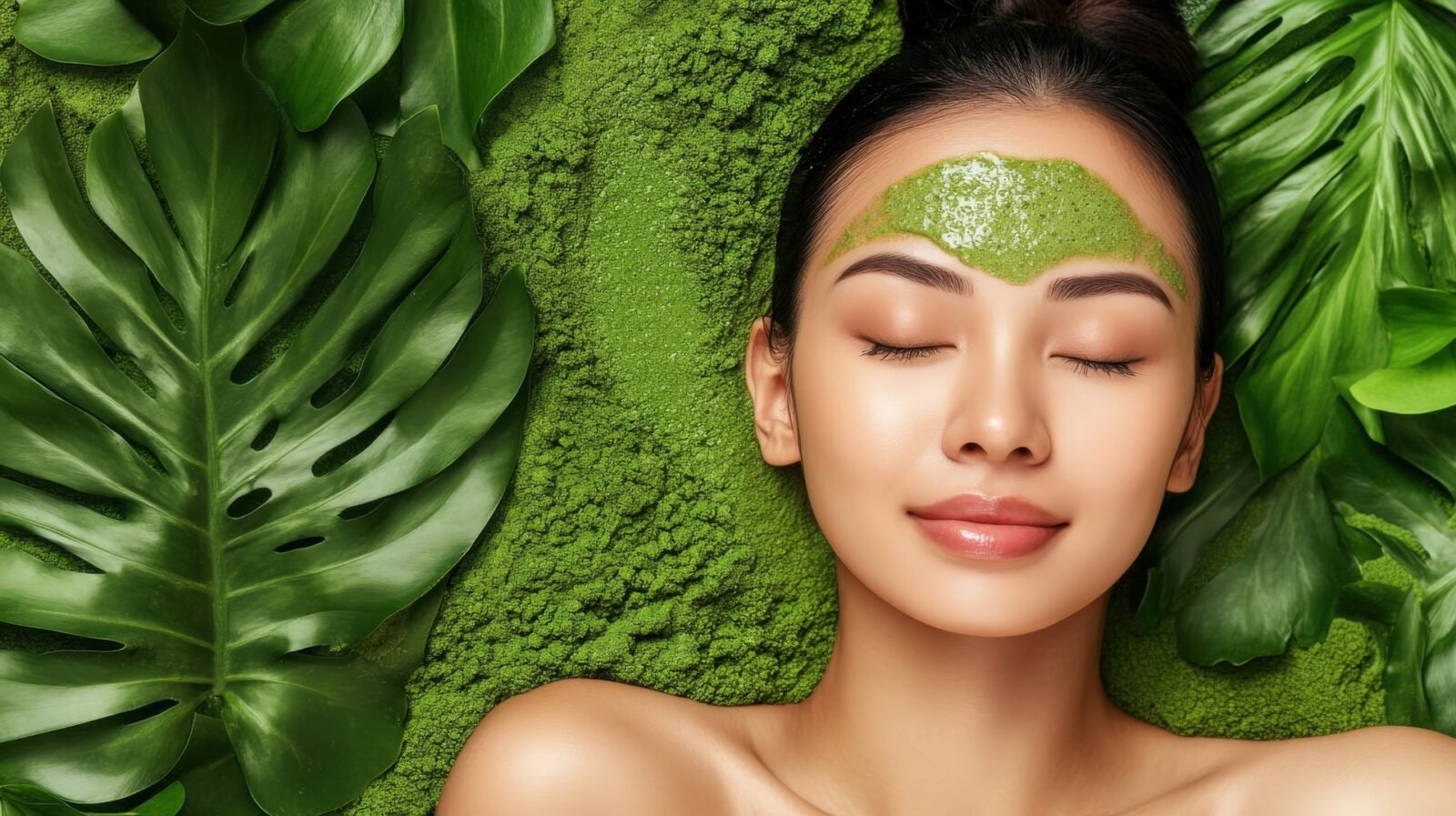Haircare has long focused on conditioning and styling, but cosmetic science is shifting toward the biological health of the scalp. A healthy scalp microbiome, a resilient barrier, and a nourished follicle environment are now recognized as essential foundations for hair vitality. This shift has opened doors for advanced actives — from exosomes to biomimetic peptides — that elevate haircare from cosmetic to performance-driven.
The Scalp–Hair Connection
Because the scalp is skin, it faces the same threats as facial skin: oxidative stress, inflammation, barrier disruption, and microbiome imbalance. Over time, these stressors weaken follicles, reduce density, and thin hair shafts. As a result, treating the scalp as living skin tissue becomes crucial.
By integrating biotech and plant-based actives, cosmetic chemists can design formulations that not only beautify hair, but also restore the biological foundation beneath. In other words, you don’t just style hair — you support scalp health itself.
Key Cosmetic Actives for Hair & Scalp Health
Exosomes
Exosomes are extracellular vesicles that carry signals — proteins, lipids, RNAs — between cells. In hair science, exosomes may stimulate dermal papilla cells, activate follicle stem cells, and promote angiogenesis. Preclinical and early clinical studies support this: exosomes have been seen to fuel hair growth in animal models and limited human trials. ScienceDirect+3PubMed+3PMC+3
For example, a systematic review showed that treated groups gained an average of 9.5 hairs compared to 1.5 in placebo in one pilot trial involving plant-derived exosomes. PMC Exosome therapy for androgenetic alopecia also appears to accelerate transition from telogen to anagen phases and protect follicle cells from oxidative stress. SpringerLink+2ScienceDirect+2
However, human data remain limited and more clinical trials are needed. JDD Online+1
Polydeoxyribonucleotides (PDRNs)
PDRNs are DNA fragments derived from salmon or other sources that act as signaling molecules. In hair research, they have been used (often in medical or injection settings) to enhance hair thickness and density.
For instance, a study combining PRP (platelet-rich plasma) with PDRN injections in female pattern hair loss found hair count increases of ~23% and thickness increases of ~16%. PubMed Another trial using PDRN with a fractionated laser showed hair thickness improvements of over 50%. ResearchGate A polynucleotide-based gel also showed reductions in hair shedding and thicker hairs in androgenetic alopecia over several months. ResearchGate+1
Moreover, PDRN has broader regenerative and anti-inflammatory activity in skin models. PMC
Biomimetic Peptides
These peptides are engineered to mimic the body’s own signaling molecules. In hair and scalp applications, they can regulate keratinocyte and fibroblast behavior, strengthen extracellular matrix, and better anchor follicles.
Examples used in the industry include:
- Acetyl Tetrapeptide-3 (often marketed for hair anchoring and reducing miniaturization)
- Other peptides aimed at supporting capillary health, improving scalp elasticity, and signaling growth factors
Because peptides are more stable and predictable than many other actives, they fit well in scalp serums, sprays, and leave-on treatments.
Botanical Extracts
Botanicals like Centella Asiatica, Houttuynia, and Rice callus culture extracts provide soothing, anti-inflammatory, and barrier-balancing effects. In scalp formulations, they help reduce irritation, maintain microbiome balance, and mitigate inflammation that undermines follicle health.
Biotin is another classic example — though it has more of a supplemental role than a potent active when used topically.
INCI & Examples
Some actives used in hair & scalp formulations include:
- Plant-Derived Exosome Lysate
- Acetyl Tetrapeptide-3
- Damask Rose Callus Culture Extract
- Centella Asiatica Callus Culture Extract
- Oryza Sativa Callus Culture Extract
- Biotin
These choices allow formulators to mix biotech (exosomes, peptides, PDRNs) and plant-derived soothing actives in powerful combos.
Cosmetic Applications
- Hair Growth Serums: lightweight, leave-on serums combining exosomes, PDRNs, and peptides to stimulate follicles.
- Soothing Scalp Treatments: using botanicals + exosomes to calm irritation and reinforce barrier.
- Repair Shampoos: cleansers with low-dose actives, designed not just to cleanse but to support follicle health.
- Balancing Sprays: postbiotic ferment filtrates, peptides, or exosome derivatives to regulate microbiome and reduce flaking.
These formats allow for both daily use and targeted solutions.
Consumer Benefits
A well-designed scalp-active formula can deliver:
- Thicker, fuller, stronger hair
- Less scalp redness, flaking, and sensitivity
- Protection against oxidative and pollution stress
- An alignment with biotech, vegan, and plant-derived beauty trends
Because consumers increasingly expect “science-backed haircare,” delivering on these promises can distinguish a brand from commodity shampoos and styling products.
Formulation Tips for Chemists
- Use low-viscosity carriers (serums, sprays) to allow actives to reach follicle roots.
- For PDRNs, aqueous systems work best; pair with peptides for synergy.
- Add exosomes during the cool-down phase to preserve vesicle integrity.
- Use film-formers + penetration enhancers to improve contact time on scalp.
- Protect actives from oxidation, light, and heat — use opaque or airless packaging.
Regulatory & Safety Considerations
Because many of these actives are biotech or novel, you must stay compliant:
- Claims must remain cosmetic (appearance-based) — e.g., “helps support scalp vitality”
- Avoid medical or therapeutic claims like “treats alopecia” unless you hold clinical evidence and drug approval.
- Keep detailed safety files, COAs, SDS, and allergen statements
- For exosomes, note that regulatory standards are still evolving; oversight varies by region and usage route. JDD Online+2JDD Online+2
Future Outlook
Haircare is rapidly converging with skincare science. Moving forward, we expect:
- Personalized scalp actives (e.g., exosome cocktails tailored to microbiome type)
- AI-designed peptides tuned for scalp signaling
- Biotech nursery actives from microbial fermentation
- Combined oral + topical strategies for full hair health
- Greater consumer demand for performance, safety, and transparency
Brands that adopt scalp-first, biotech-driven innovation will lead the next wave of premium haircare.
If you’d like to explore our full range of advanced scalp and hair actives, visit our product center at Grand Ingredients:
👉 Discover Our Cosmetic Ingredients







